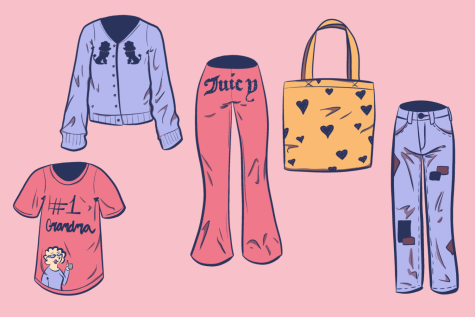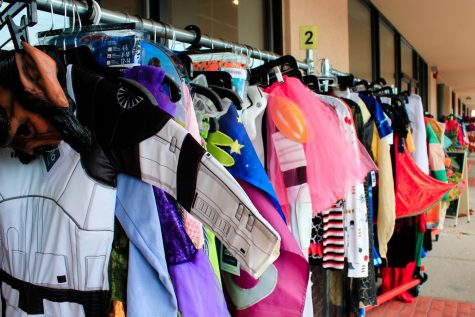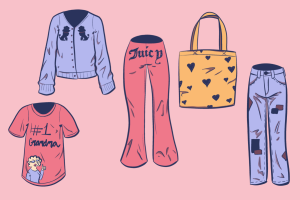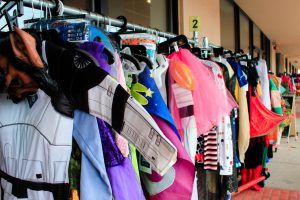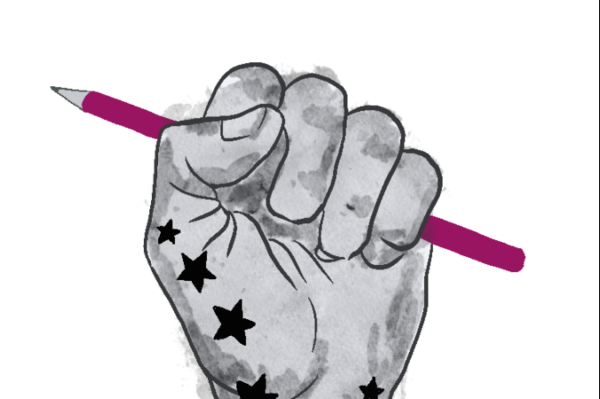Old goods, new prices
As thrift stores get busier than ever, prices on secondhand goods have increased drastically. Now, some low-income customers are unable to afford basic necessities at thrift stores.
Amber Branson, mother of two, has been a frequent shopper at the Crestwood Savers for the past decade. She used to buy clothes for herself, but now she’s buying tableware for her house, books for her kids and espresso glasses for her husband. Branson has relied on Savers for 10 years, but only noticed the rising prices within the past few months.
After COVID-19, the thrifting market thrived, growing 15% last year, according to Coresight Research. But that hasn’t stopped thrifting corporations like Goodwill and Savers from raising their prices. One Goodwill valuation guide from 2010 shows all of their clothes valued with flat rates, with examples such as $4 for shirts, $6 for jeans and $6 for shoes. In a 2020 valuation guide, the prices become a spectrum, from $2–$12 for women’s shirts, $4–$21.00 for jeans and $4–$9 for tennis shoes. Many of these prices have doubled, if not tripled within these past few years. As long as people keep buying their products, they have no reason to lower prices. So where is this demand coming from? The culprit is likely Gen Z. “Now when you go, it’s like you could just buy it almost new and it would be as affordable.” — Amber Branson
Ben Guenther, junior, started thrifting last year, and now goes every weekend. He said young people spent more time on social media during COVID-19, which grew their interest in fashion. According to NPR, many young people are drawn to thrifting clothes as they’re affordable, sustainable and stylish. ThredUp, an online resale store, claims 1 in every 3 Gen Zers buys secondhand clothes. According to a business report by McKinsey and Company, Gen Z is more affluent than other generations, making up 40% of the global consumer population. This makes Gen Z a unique demographic at thrift stores, as they can afford more clothes than the average customer. But people like Branson get left behind.
“It’s frustrating because some of us have kids and would like to get a good deal and find some fun things,” Branson said. “Now when you go, it’s like you could just buy it almost new and it would be as affordable.”
TKC attempted to interview leaders at Goodwill and Savers about their rising prices, but they declined. Despite the inflation, both Branson and Guenther still agree that thrifting is fun and sustainable. They support their local thrift stores by donating at least once a month.
“Thrift store shopping is fun and a good way to help the environment,” Branson said. “I think there’s great value in [thrifting].”
Your donation will support the student journalists of Kirkwood High School. Your contribution will allow us to purchase equipment and cover our annual website hosting costs.

He/Him
Hobbies and Interests: music, video games, football
Favorite song: NEW MAGIC WAND by Tyler, the Creator
Favorite Quote: "Everybody wanted...

She/Her
Hobbies and Interests: photography, piano, hiking, reading
Favorite song: New Year's Day by Taylor Swift
Favorite Quote: "To define...




